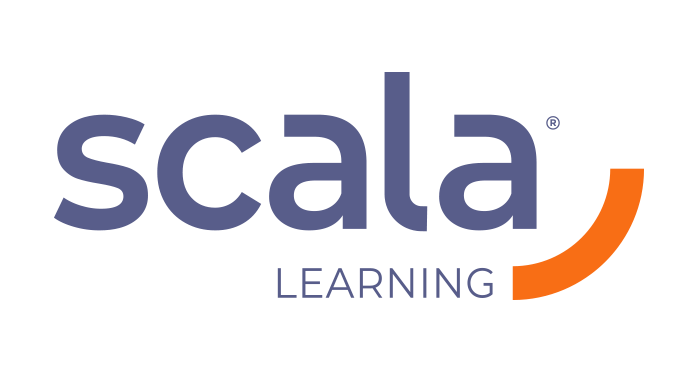When we talk about Online education we are referring to an educational model designed to take place in cyberspace. It is designed in a way that the learning process takes place without the teacher nor the student necessarily sharing the same time or space.
Online education provides teaching-learning through new technologies where interaction occurs in a different way to face-to-face. It started as a support to distance education, but thanks to the development of technology and the increasing need for greater coverage, mobility, the lack of time or resources, and the urgency of upgrades, among others, has acquired its particular character.
With the pandemic, the virtual education model has been misunderstood, confusing it with the forced – and even improvised – solutions that had to be resorted to because of confinements and to safeguard the right to education of millions of students. However, bringing face-to-face through a device is not virtuality.
Virtuality implies the implementation of a systemic model that conceives a transformation in all areas of an educational institution: financial, administrative, marketing, conception of programs and their creation with a digital mentality, evaluation, updating, in addition to including the training of a new type of teachers aimed at another concept of students.
Schools from every level of education have engaged in online learning environments to reach a greater number of people and turn the right to learn into a reality, ignoring the barriers of time and space. In general, the type of student who uses this model is one who cannot access a face-to-face program due to extra age, lack of time or resources, difficulty in changing places of residence, that has work or family commitments already acquired. There are also students interested in a specific field of specialization or to quickly update the skills that their profession demands, or simply for the pleasure of studying in the place and time they prefer.
According to UNESCO studies, the phenomenon of virtual higher education began in the late nineties, which makes it a relatively recent process. This goes hand in hand with the digital and telematic development, the expansion of the Internet, as well as the demands of society and the labor market.
Online learning has also allowed to expand knowledge and open the doors to collaborative learning experiences worldwide – not necessarily framed in an academic program – which have also called into question what we should learn and how we should learn it; important questions that we must continue to reflect on.
While it is true that online learning is not the replacement of face-to-face or remote learning, it is a model that is increasingly welcomed by people. Like any other type of education, it has advantages and disadvantages.
Some of the advantages are that it allows flexibility to choose when and where to study, lowers commuting costs, reduces environmental impact, facilitates international collaborative learning-teaching, and is carried out autonomously.
As for the disadvantages, the need for connection to a network, access to electronic devices, possessing digital skills and sufficient self-discipline, are a must. With the COVID-19 pandemic, governments have covered several of these needs, while educational institutions may be able to help with the last two.
Today, more than ever, education is looking for more personalized ways to teach-learn. The Victorian era of homogenization of human beings is over; or so we hope. And Online learning becomes relevant as a tool that helps enormously to cover the different forms of learning of many people. Not everyone has the same learning or teaching style; the more options there are to fill these gaps, the more inclusive education will be.
Online learning is making its way into a world where – as the pandemic has already hinted – global disruptions may be more recurrent. Climate change, political or economic transformations, predict this. The right to education requires – then – to be one step ahead of these circumstances and to anticipate future scenarios in advance; with the help of technology, it can be possible.






